Good Feather, Handling For Quality
 Handling For Quality
Handling For Quality
When the experienced fanciers handle a racing pigeon they are assessing its racing ability by judging its aerodynamic soundness. Their skill has been taught by time and their success in predicting the quality of the race pigeon rests with the fact that the aerodynamics of every champion is sound. The “expert handlers” cull birds in the race team that handle poorly, because the chances of a poorly conformed bird doing well are extremely low. It is good practice to cull “poor” pigeons from the race team well before training begins, but the decision to cull must be made by a good “handler”. Remember, the expert handler is always a very good flyer or breeder of pigeons and never a poor or mediocre fancier.
Although the athletic potential of the pigeon cannot be determined by its physical qualities alone, an understanding of the features of the racing pigeon which enable fast sustained flight provides the fancier with the knowledge required to both select and breed aerodynamically sound race birds. When handling a bird to assess its aerodynamic efficiency pay special attention to the feather quality, wing, body structure and balance.
An understanding of the aerodynamics of flight will improve every fancier’s skill at handling pigeons correctly. Around the world there are many families of pigeons varying enormously in appearance, size and shape, but the very best birds share the same important physical features. These features give the best birds an aerodynamic advantage. Every champion racing and breeding pigeon has good feathering, a good wing, a balanced body and are naturally buoyant. Every one of these is a hereditary feature passed on from parent to offspring.
Good Feather
The importance of good feathering as a reflection of the quality of a pigeon can never be overemphasised. For every fancier the quality of the feather is a very good and immediate indication as to the quality of the pigeon. A good quality feather is the foundation stone for breeding the champion pigeon and a pigeon with poor feathers should never be considered for stock because good feathering is a reflection of both good breeding and good health.
The healthy feather is silky, flexible, strong and waterproof. These features are all important for efficient flight. The high oil content of the healthy feather gives it the silky feel. The silkier the feather the greater the lift due to the streamlining effect required for efficient flight. The dry feather we get with many illnesses means that there is less streamlining (over the body and wing) and more drag with a subsequent loss of lift and less efficient flight. More energy is required causing the bird to tire more quickly. The dry feather being less flexible means that the twisting motion of the end flights that gives forward thrust is lessened, which results in a slower bird. The dry feather is brittle and lacks the strength of the silky feather, wearing out by the time the long races, when flying efficiency is needed most. Dry feathers lack the waterproofing qualities of the oil laden silky feather and flying therefore becomes more difficult in wet weather.
The feathers of the racing pigeon in top form are tight and silky. The aerodynamics are further improved by the feathers covering the body. These contour feathers of the body and the coverts over the wing and tail feathers of the bird in top form overlap each other very tightly to create a very smooth surface. We describe such a bird as having “tight” feather. During flight this very tight feather allows the moving air to flow smoothly and quickly over the body and wing surfaces in what we call “streamlines”. “Streamlining” gives “lift” to the flying pigeon and is one of the reasons why it can fly for sustained periods without tiring. For whatever reason (health or breeding), poor quality feathers fail to form the tight smooth surface required for “streamlining” and efficient flight. When the surface is not perfectly smooth the air does not flow smoothly across the surface and creates air eddies and bubbles of turbulence. Turbulence has the effect of slowing the airflow over the wing and body surfaces that increases the “drag” or “resistance” and reduces the “lift”. Therefore the bird with poor feathers flies slowly and requires more effort to stay aloft. The end result is a bird that tires sooner. A good feather is essential for racing performance because it is the basis of “lift”.
Good Feather, Handling For Quality by Dr. Rob Marshall
The Leading Online Pigeon Racing and Racing Pigeons Magazine – The Pigeon Insider

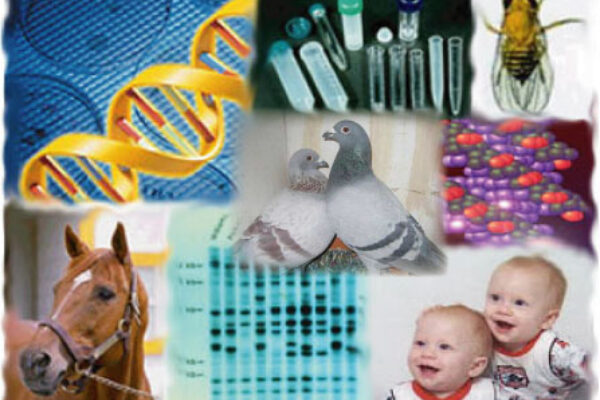

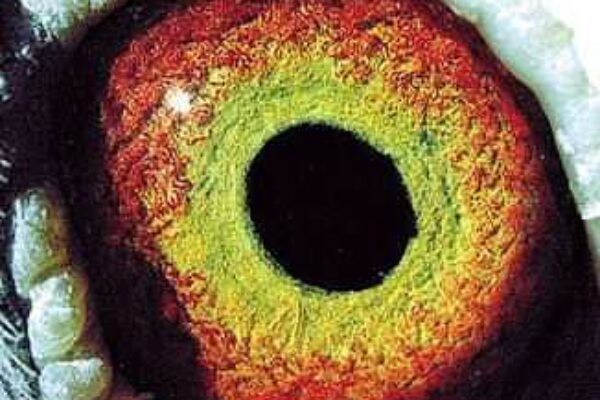
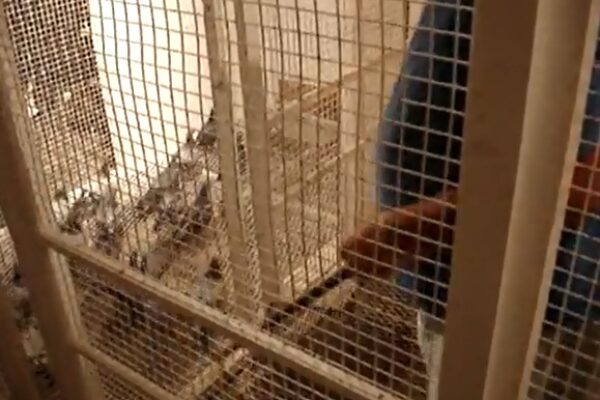
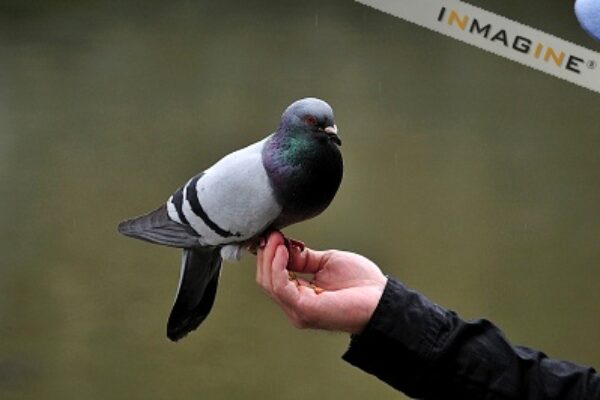
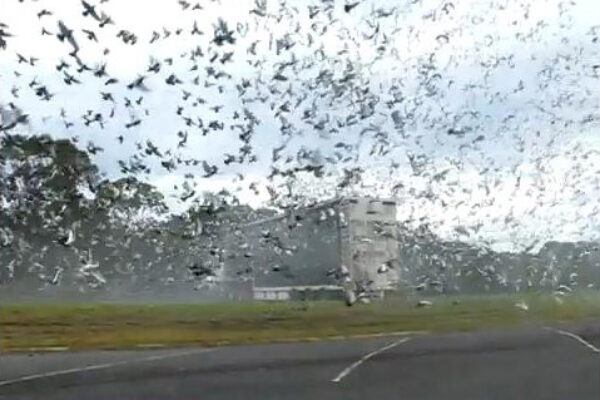


i agree w/ u mike its better to give it to other people which not involve in racing than killing them, still have a purpose w/ that bird mybe good for fancy purposes or as an ordinary pet,..
Plain and simple ….. I don’t believe ” Culling ” ( Killing ) Birds should be legal !!!!!!! Theres a law in the books called ” Animal Cruelty ” and this fits in the same bracket — pigeons have lived in the wild many years , let it go — or perhaps give it to someone whom is just starting out !!
Unfortunately culling is part of keeping pigeons. the whole idea is to improve,you can not do one without the other.As for letting it go………….it’s a homing pigeon remember. if you can find it a home, give it to a beginner,by all means, but somewhere down the road you are going to have to cull. None of us enjoy or like it, but it is part of the whole. If you can’t, get someone who can, or get out of pigeons. Any one who loves them understands this. Best of luck, we need all the good pigeon people we can get.
Keep-em flying.
I fly against Terry and am still a student of his. He is very knowledgable.
Terry (and Mac) I respectfully disagree. Lethal culling does not have to be “part of the whole”. It does not have to be a “cull the birds or quit racing” ultimatum as you state above. I have been flying again now for 6 years and have never lethally culled a bird. My breeding and racing program has improved without lethal culling. I have parted ways with many birds – sometimes even paying for shipping for someone who wanted them. And I do not misrepresent what I give away, either. Mostly I give the birds to fanciers who aren’t racers. Just because it has been an entrenched part of the accepted culture, does not mean it is a fact. For the record, I only breed enough young birds to be able to ship our club limit and to send to futurities. I breed from 8 pairs and that’s it.
“Anyone who loves them understands this” is a contradictory and unacceptable statement. Quite frankly, if we truly loved our birds, we would not send them on the trucks.
And to address a point in the article above – to which I also disagree – there are very, very, very few fanciers out there who can legitimately handle a bird and correctly guess what their racing or breeding potential will be. There is only one test, and that is the basket and the race course. To me, the smartest fancier will admit that they aren’t skilled enough to cull and thereby let the birds prove their ability or inability.
Dear Mike, Terry did say he tries to find homes….thus thats how I got a great start. Terry gave my daughter and I birds to start in a fantastic hobby. Is keeping too many birds or any other type of animal above the carrying capacity of the environment humane? That is why deer must be managed and any other animal, for the health of the animals. I believe that it is cruel to keep too many birds. Very unhealthy for the loft. You say just “let it go”. Go where? They are “homers” they will return to “home”. That is equal to people turning out dogs, cats and horses who never learned to fend for themselves. I am not trying to attack you Mike when I say that just turning them out could be a slow lingering death akin to torture (cruel). That is the key. Length of time anyone or thing has to endure. I just think that there would be less problems if fanciers bred less young…..I am still looking for the fancier who points to solutions and not harping on the problems. Also, am I to understand that you breed young birds and keep them all? You must have unlimited resourses to keep all your young? May I please bring you any or all of my extras? I just can’t keep them all.
thanks for the great info again Chris! i’m currently using the light system to speedup the molt and this information would surely come in handy
hello
tanks is good helping for me
Probotics and anything you can do to keep stress off birds I keep my birds in the loft at the start of molting let em get by the heavy part 4th,and 5th flight 6th and on i’ll let them back out around loft for about 2 hours then back in for the night. I’ve never rush the feather dropping just keep everything around the pigeons less stressfull clean loft,feeding times the same everyday, clean water,and a couple of baths once a week for 2 or 3 weeks with salts in the water. If you live in a hot state make sure before bathing birds are not showing signs of pox and after bathing check em for a couple a days.
ROYALSLOFT
Hi,I used netle tea, and it produced marvelous results. Of course, it is very cheap!
hi all.
just started keeping the the birds again for the love of them and the relaxing pleasure they bring me. i dont race as the chicago area is lacking in this sport.
as i am scottish it is great to hear and witness people helping each other for no gain on their part. so to all of you who give your time,experience and knowledge to helping others. i thank you
Hi guys Flowers of Sulpher and peanut oil with a regular purge works wonders and dont forget the most important ingredent IODINE is a must.
Happy moulting
Gwilym
Hey Guys!
The “anti-fungal” and “improver” are manufactured by “Vital” – visit their website “Vitaly.com”
Marius
ive enjoyed reading about the feather quaility of the birds. ive tried using antfungal and omprover 12 months ago -and im delighted with product-forget the rest
this is the best on the market- if fanciers contact theese people who make this fine
product they will help fanciers with a health program for there pigeons if people
contact my email no i will gave any information on theese product.–there is one
thing fanciers should know about using cod-liver-oil it must be keept in the fridg-
once its opened to the air it could be dangerous to our pigeons. its a verry good oil
great for the feathering and the bird health in general–i myself discovered years
ago that if you put a little water in a saucepan -use verry low heat for half-hour
5 spoons of linseed into water you will see this going like choclate -leave it cool
for 3 hours and add it to your feed its great for the feathers and your birds will
look and feel fab you must use this 2 differant days every week .
i am new 2 the sport that sounds good 2me